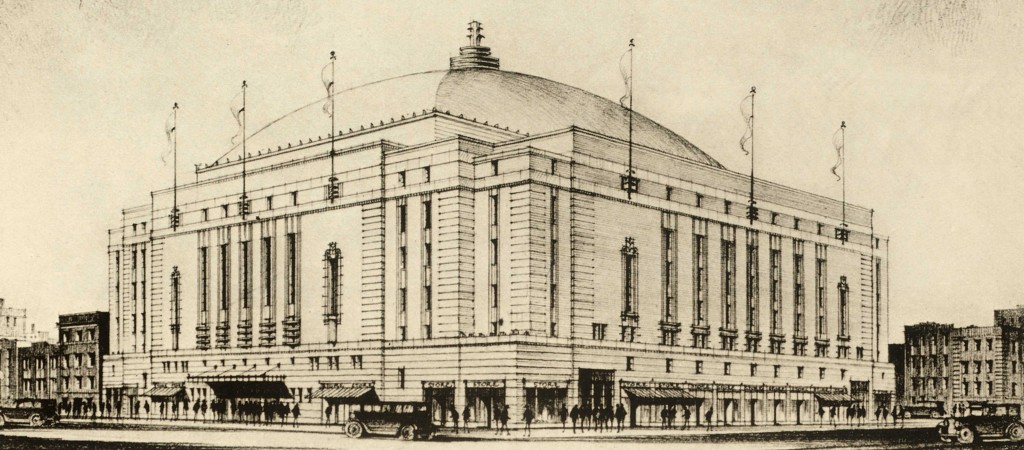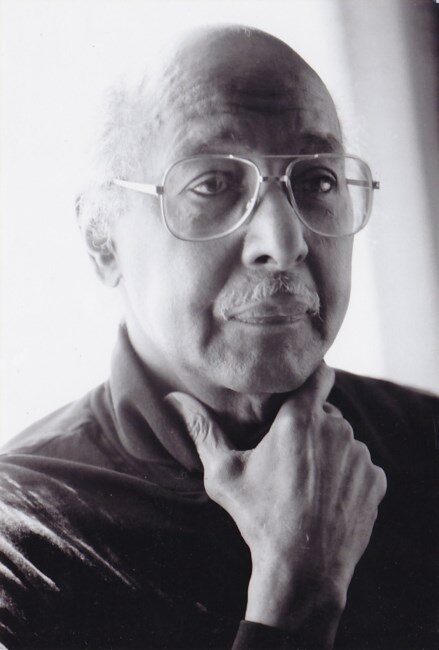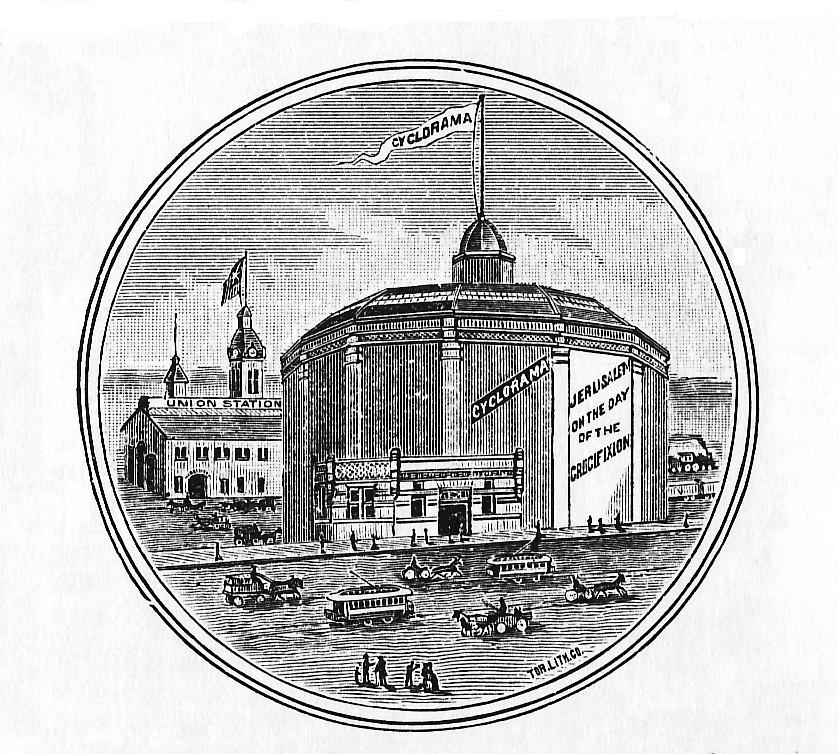Bruce Bell, History Columnist –
In the 1930s Toronto was a depressing place. High unemployment following the 1929 stock market crash left many in our city facing a bleak future.
Amidst soup kitchen lines and government relief known as Pogey, one of the most colourful characters in Toronto’s history refused to let the Great Depression get the best of him. Conn Smythe, founder of the beloved Toronto Maple Leafs hockey team, decided instead to build a massive sports and entertainment complex.
Smythe was born on February 1, 1895, near Carlton and Jarvis Streets as the son of a local newspaperman. When World War 1 broke out Conn, then enrolled at the University of Toronto in a civil engineering course, signed up as a gunner. By war’s end he was decorated with the Military Cross for bravery at Vimy Ridge and promoted to the rank of major, which become his moniker for the rest of his life.
After the war Smythe returned to Toronto and coached the U of T hockey team to Olympic gold at Antwerp, Belgium.
While touring the United States, Smythe caught the eye of Colonel John S. Hammond, who was looking for someone to put together a new professional hockey team, the New York Rangers. Hired on the spot, he was fired just as fast because of his explosive and ungentlemanly behaviour. He took the dismissal personally, but instead of getting depressed decided to purchase his own team.
In February 1927 Smythe and business partner Frank Selke bought the Toronto St. Patricks for $200,000 and renamed them the Toronto Maple Leafs. Soon after they decided to build a new home for Toronto’s hockey team.
The rest is history: the giant sports and entertainment complex was Maple Leaf Gardens.
Built in the record time of just five months, the art deco hockey palace that took up an entire city block opened on November 12, 1931. A sellout crowd of 13,233 fans sang “Happy Days are Here Again’ with the 48th Highlanders band.
In the inaugural game against the Chicago Blackhawks, the great Charlie Conacher scored the first goal for Toronto, but the Leafs lost 2-1.
Smythe brought a new vitality to hockey, modernizing it for better or worse. If it was ever a gentleman’s game, hockey changed after he took over. He told his players, “If you can’t beat them in the alley, you can’t beat them on the ice.”
After one nasty ice fight Smythe gleefully rubbed his hands together and muttered “We’ll have to stamp out that kind of thing or people are going to keep on buying tickets.”
If Gardens had a golden age, it was in the 1950s when hockey, now televised, became more than just a game. The arena was a shrine filled to capacity with screaming fans, some wanting a win and others out for blood.
Legendary names like Gordie Howe, Maurice Richard, King Clancy, Punch Imlach, Jean Beliveau, Dickie Moore, Pete Conacher and Jacque Plante were called out by Foster Hewitt, a broadcasting icon.
In November 1961 Harold Ballard along with Toronto Telegram publisher John Bassett and Conn’s son Stafford Smythe acquired full control of the Toronto Maple Leafs and the Gardens.
The Leafs won the Stanley Cup 13 times, including the symbolic Centennial Cup in 1967. But that would be their last, for a long, long time.
In 1969 Ballard took full control of the team and appointed Jim Gregory its general manager. Reporters remember Harold Ballard swinging his cane at them with long-suffering companion Yolanda at his side.
Though the Leafs’ time as a powerhouse hockey club ended, the Gardens in the 1970s was still a force in the entertainment industry. The “House that Conn built” hosted basketball, wrestling, opera, ballet, the circus, Frank Sinatra, Elvis Presley and the Beatles, making Maple Leaf Gardens a preeminent North American arena. It’s the only one of the original six NHL arenas (in Boston, Chicago, New York, Montreal and Detroit) still standing.
On February 13, 1999, the Toronto Maple Leafs played their last game at Maple Leaf Gardens, losing 6–2 to the Chicago Blackhawks (again).
Today the historic Maple Leaf Gardens is controlled by the Toronto Metropolitan University (formerly Ryerson), and has been renamed Mattamy Athletic Centre at the Gardens. It’s also home to a great Loblaws store.
Just before the Gardens closed, Frank Selke Jr., Jim Gregory and Pete Conacher –NHL royalty – invited me for one last look at this great hockey palace.
We sat in the old Leafs dressing room and then headed out on to what used to be the rink. While I was never a hockey geek like my older brother, I couldn’t help being overwhelmed in this vast and now empty arena, hearing the faint roar of long-ago crowds cheering on the Leafs.
It was a moment I’ll never forget.




